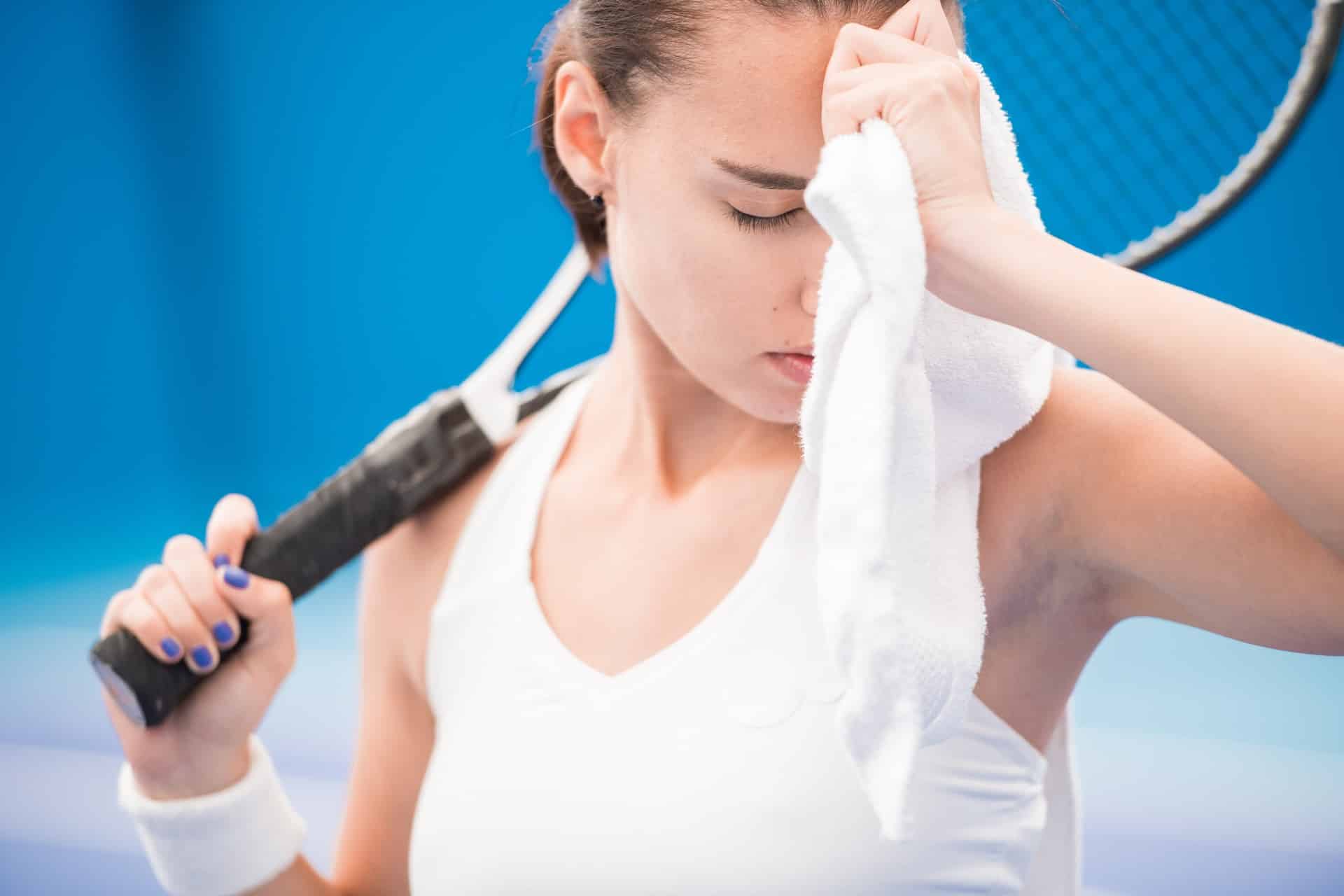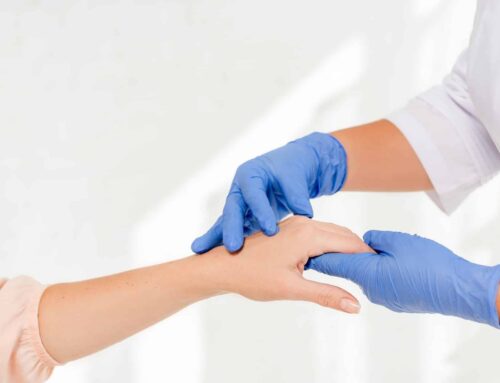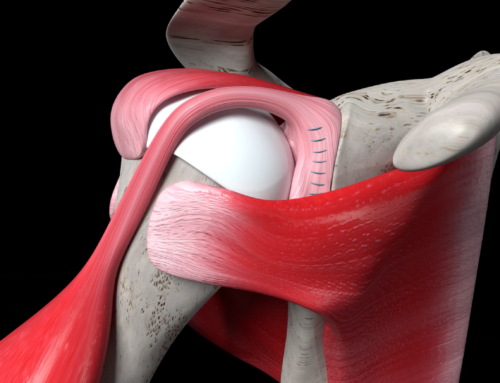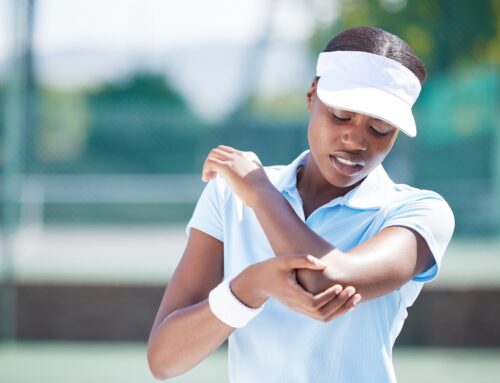In the world of sports, athletes often face a myriad of challenges – from intense training regimens to injuries that can sideline their careers. One such challenge that occasionally plagues athletes, both professional and amateur, is the development of wrist ganglion cysts. These fluid-filled sacs can be a nuisance, but athletes have found effective ways to manage them while staying in the game.
Understanding Wrist Ganglion Cysts
Before diving into how athletes handle wrist ganglion cysts, let’s briefly understand what these cysts are. Wrist ganglion cysts are noncancerous lumps filled with a thick, jelly-like fluid that often form on the back of the hand or wrist. They can develop from joint or tendon sheaths, creating a small, often visible bump.
The Athlete’s Dilemma
For athletes, wrist ganglion cysts can pose a unique challenge. The cysts can interfere with their performance, causing discomfort, pain, and limited range of motion. In sports where precise hand and wrist movements are crucial, such as tennis or gymnastics, these cysts can be particularly disruptive.
How Athletes Tackle Ganglion Cysts
- Consulting a Hand Specialist: Athletes often begin their journey by seeking professional medical advice from a sports medicine specialist or an orthopedic hand surgeon who understands the unique demands of their sport. These specialists can provide a tailored treatment plan based on the athlete’s specific needs.
- Non-Surgical Approaches: Many athletes initially opt for non-surgical treatments to manage wrist ganglion cysts. These may include:
• Wrist Immobilization: Wearing a brace or splint to limit wrist movement can help reduce cyst-related pain and discomfort, allowing athletes to continue training and competing.
• Aspiration: This procedure involves draining the fluid from the cyst using a needle and syringe. While it provides temporary relief, cysts may reoccur. - Physical Therapy: Therapists can work with athletes to improve wrist strength and flexibility, reducing the risk of cyst formation.
- Surgical Intervention: In cases where non-surgical methods do not provide relief or when cysts persist, surgical removal may be necessary. Athletes often choose to undergo minimally invasive procedures to minimize downtime and expedite their return to the game.
• Arthroscopic Surgery: Surgeons can use arthroscopic techniques to remove the cyst while preserving the surrounding structures. This approach offers quicker recovery times compared to traditional open surgery.
• Open Surgical Excision: In some instances, open surgery may be required to remove the cyst entirely. Athletes may need more recovery time with this approach, but it can be highly effective. - Rehabilitation and Return to Play: After surgery, athletes work closely with physical therapists to regain strength and range of motion. This phase is critical to ensure a safe and successful return to their sport.
Famous Athletes and Their Battles with Wrist Ganglion Cysts
Even some of the most accomplished athletes have faced wrist ganglion cysts and successfully managed them:
- Serena Williams: The tennis legend revealed that she had wrist ganglion cysts and underwent a series of treatments, including wearing a splint and receiving cortisone shots, allowing her to continue dominating the tennis court.
- Simone Biles: The world-renowned gymnast faced wrist ganglion cysts during her career. She managed the condition through non-surgical treatments and continued to dazzle the world with her performances.
Conclusion
Wrist ganglion cysts can be an unwelcome guest in an athlete’s life, but with the right approach, they need not be a game-changer. Athletes who face these cysts have a range of options, from non-surgical treatments to minimally invasive surgeries, allowing them to stay in the game they love.
If you’re an athlete dealing with wrist ganglion cysts, you can consult our specialists at Spine & Orthopedic Center at 1-888-409-8006 to develop a personalized plan that suits your unique needs. Remember, with the right care and determination, you can overcome this challenge and continue pursuing your athletic dreams.
References:
- American Academy of Orthopaedic Surgeons. (2021). Ganglion Cysts. OrthoInfo. https://orthoinfo.aaos.org/en/diseases–conditions/ganglion-cysts/
- Chae, Y. S., Lee, H. S., & Kim, I. T. (2019). Ganglion Cysts of the Wrist in Korean Patients Undergoing Arthroscopic Surgery. Journal of Hand and Microsurgery, 11(2), 78-82. https://www.ncbi.nlm.nih.gov/pmc/articles/PMC6582656/
- De Maeseneer, M., Marcelis, S., & Osteaux, M. (2003). Ganglion cysts of the wrist: can sonoelastography help in clinical evaluation? European Radiology, 13(7), 1636-1641. https://pubmed.ncbi.nlm.nih.gov/12634914/







Leave A Comment